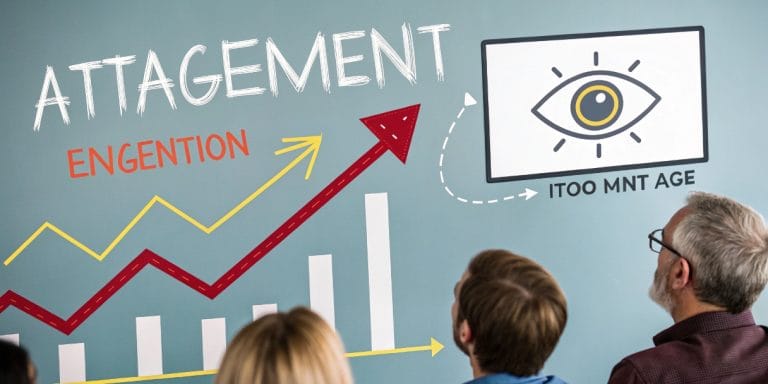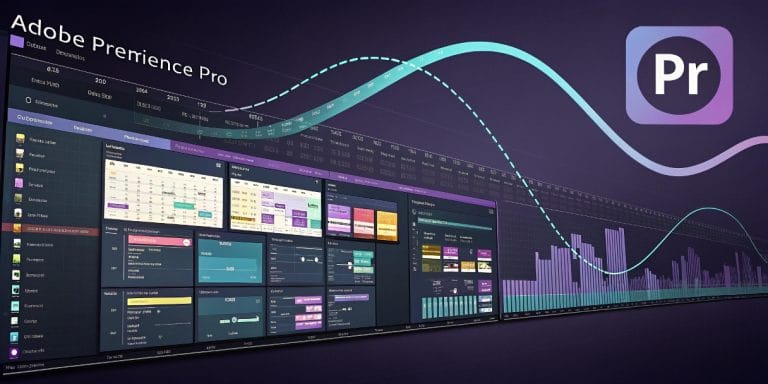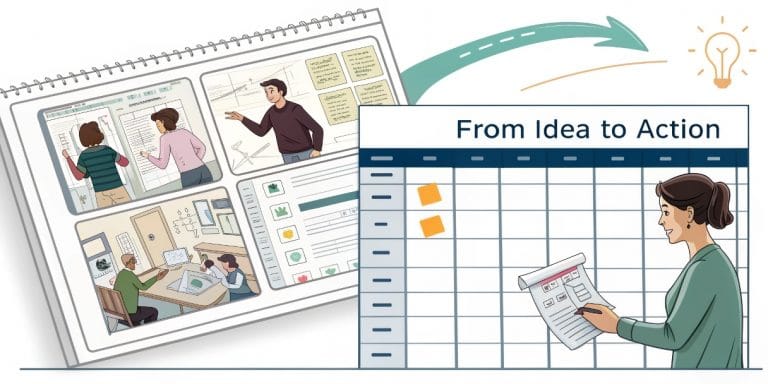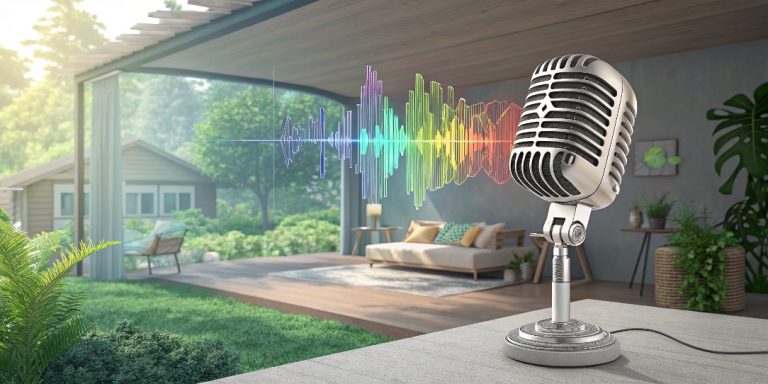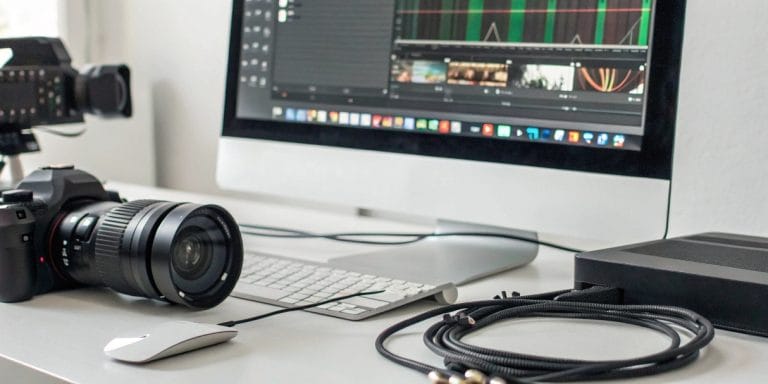Advanced Composition & Camera Movement: Pro Shots
Advanced Composition and Camera Movement
Take Your Shots to the Next Level
🎥 Explore Techniques 📹 View MovementsWhy Are Advanced Composition and Movement Crucial?
For your shots to have that cinematic impact, that feeling of “being there” or that the image itself is narrating.
🎯 Enhanced Visual Impact
Your shots won’t just be pleasant, they’ll be memorable. Every frame will have purpose and visual strength.
📖 Deeper Narrative
Camera movement can tell a story by itself, reveal information, show progression or create tension.
💼 Increased Professionalism
These are quality markers that distinguish amateur productions from professional ones.
🌊 Greater Immersion
Smooth and fluid movement can immerse the viewer in the scene.
👁️ Attention Guidance
Movement directs the viewer’s eye in a subtle and effective way.
Advanced Composition Principles
Beyond the rule of thirds: techniques that will help you think more strategically.
⚖️ Visual Balance
▼Symmetrical Balance
Identical or very similar elements on both sides of a central axis.
Asymmetrical (Dynamic) Balance
Different elements but with similar “visual weight” that balance each other.
🌈 Visual Contrast
▼Light/Shadow Contrast
Very illuminated areas against dark areas (chiaroscuro).
Color Contrast
Complementary colors (blue/orange, green/red) or warm/cool tones.
Size/Scale Contrast
Large and small objects in the same frame.
🔍 Intentional Depth of Field
▼Selective Focus
Shallow depth of field to isolate a subject.
Rack Focus (Focus Pull)
Focus moves from one subject to another within the same shot.
Deep Focus
Everything sharp from foreground to background.
📐 Points of Interest and Negative Space
▼Compositional Triangles
Real or implied triangular shapes through element arrangement.
Intentional Negative Space
Empty space with a narrative purpose.
The Power of Camera Movement
How the camera NARRATES: movement adds a narrative and emotional dimension that a static shot cannot match.
Basic Movements (Without Moving Camera Position)
Pan
Move the camera horizontally from left to right from a fixed point.
Tilt
Move the camera vertically from top to bottom from a fixed point.
Displacement Movements
Dolly (Push/Pull)
Move the camera forward or backward without changing focal length.
Dolly Zoom (Vertigo Effect)
The camera moves while the zoom changes in the opposite direction.
Tracking Shot
Move the camera horizontally parallel to the subject, following its movement.
Crane / Jib Shot
Vertical movement up or down with a mechanical arm.
Handheld / Gimbal
Free camera movement carried by hand or stabilized.
💡 EdicionVideoPro Tips
Frequently Asked Questions
It refers to the ability to see the frame with an artistic and critical perspective, beyond the obvious. It involves observing balance, lines, shapes and how elements interact to tell the story. It develops with practice and conscious observation.
It depends on the purpose. Static shots can be very powerful for contemplation or drama. Movement adds dynamism and narrative. The key is that each movement has a purpose, not just moving the camera. A poorly executed movement is worse than a static shot.
For smooth pans and tilts, a fluid head tripod is essential. For displacement movements (dolly, tracking), a slider (for short movements) or a gimbal/electronic stabilizer (for longer, smooth handheld movements) are excellent investments. A jib is for large vertical movements.
Need Cinematic Shots and Flawless Movements?
Composition and camera movement require practice, artistic eye and, sometimes, specialized equipment. If your project demands high-end visual aesthetics, EdicionVideoPro has the experience to execute your shots to perfection.
🤝 Work with Us 📚 More Guides
